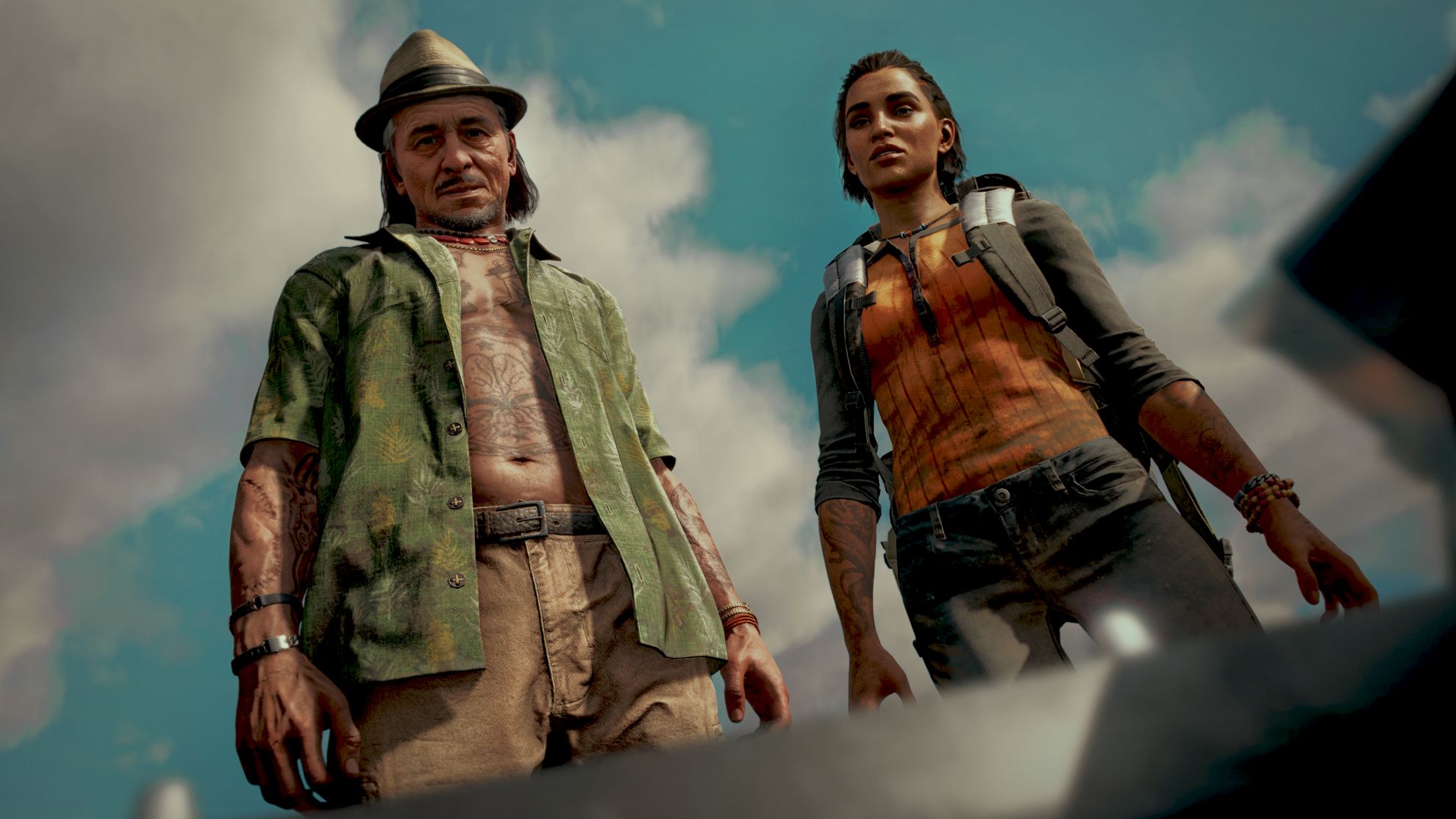

In blunt and straightforward terms, the electorate also swings according to the whims and fancies of their candidates. Perhaps, this is because of ignorance or insufficient representation of a political party’s core manifesto. The pity is that the voters still vote for a candidate and not a political party’s broad ideology.

In whatever case, the electorate is left wondering at the drama of political shifts, letters of resignation, receptions to new political parties, etc. One could term this drama as an opportunity for the future or ‘better late than never’ realization that the previous party was lesser than the one they intend to affiliate with now. It is just a matter of changing the outer cover and not the essentials. Senior representatives joining new parties is akin to old wine in a new wineskin. The old and bold way of shifting one’s political alliance with another political party is an age-old modus operandi of politics. The electorate can change this style provided we are not ready to sell their votes just for a few thousand rupees. But keeping the electorate dependent on the legislators perpetuates the possibility of buying votes (people) during elections. On the other hand, people’s educational, socio-economic empowerment will capacitate the electorate to decide their candidate. Depending on a wealthy person(s) or Government is a new form of slavery widely endorsed by the “haves”. Perhaps, new games have to be invented to perpetuate the dependency of the electorate on the so-called representatives. Keep the people poor, once in a while, donate money for their welfare and pretend as if you are a big brother or sister. Then, what will happen to the voiceless many (poor and illiterate)? In this scenario, who is morally responsible for making the right political choice for the welfare of people? As long as the electorate is willing to sell or ready to be bought for five years, the proper form of governance is a far cry. Even the educated are ready to side with a candidate because the latter hails from a particular community. Who are buying votes, or rather, who are selling votes? Who can afford to purchase the lives of people for the next five years, or rather, who are willing to trade their lives for the next five years with some economic forces? These are some pertinent questions revolving around our minds during election time. Similar scenarios of division are around us in the process of buying and selling votes. Two thousand years ago, Jesus predicted that in his name, people would take sides, “They will be divided, father against son and son against father, mother against daughter and daughter against mother, mother-in-law against daughter-in-law and daughter-in-law against mother-in-law” (Luke 12:53). There is a division here and there due to political ideologies. Sporadic skirmishes are already reported in the upcoming states gearing for general elections in the early months of 2022.ĭreams are high with the switching of parties – the drama of the day. They also don their respective party ideologies (projected as - for the people and the country) within themselves. What they got was a villain so good, so delicious to watch on screen, Marvel and Kevin Feige just had to bring him back almost 20 years later.This video was written by Siddhant Adlakha and edited by Justin Donaldson.The onset of a general election witnesses different old and new candidates donning various election manifestos and symbolic colours. But just how did the the Academy Award Nominated actor and a director with comedy horror roots make the Green Goblin so terrifying and, frankly, goofy? So let's take a look at how heroes and villains work together on screen and how one of the best performances on superhero celluloid came to be.For Tobey Maguire's first outing as Spider-Man, Sam Raimi and co needed a perfect thematic foil and found it in the post Y2K, post dot-com bubble tech infused counterpoint to a Peter Parker that's more organic, with his naturally produced web, a departure from the mechanical web shooters Tom Holland has in Homecoming, Far From Home, No Way Home and the rest of the MCU and with Andrew Garfield in The Amazing Spider-Man series. But in 2002, Willem Dafoe and Sam Raimi created a version of the character so iconic, that it's not a stretch to call it definitive. All the way back to the 1960s and the villains Silver Age origins. Spider-Man and Green Goblin go back a long way.


 0 kommentar(er)
0 kommentar(er)
